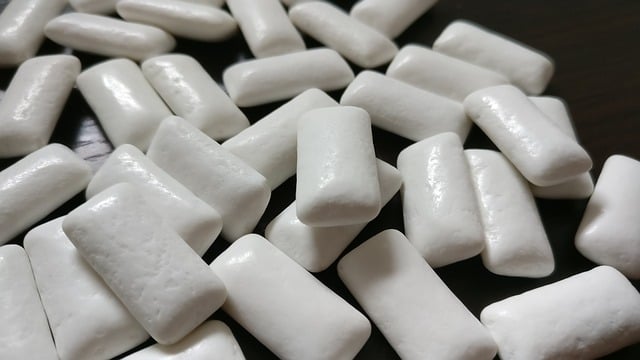The Harvard T.H. Chan School of Public Health research, published November 29, 2024, in Science Advances, examined how PM2.5 (fine particulate air pollution) affects the immune system during pregnancy. This research explores the connection between air pollution exposure and pregnancy outcomes.
The Harvard study looked at how pregnant women breathe in these microscopic particles (PM2.5), and how it changes their cellular function. The research team analyzed both pregnant women at 20 weeks and non-pregnant women, using Environmental Protection Agency air quality data to calculate study participants’ average PM2.5 exposure.
“This study represents a substantial step forward in understanding the biological pathways through which PM2.5 exposure affects pregnancy, maternal health, and fetal development. Its advanced methodology represents a significant innovation for how we study immune responses to environmental exposures,” says Kari Nadeau, John Rock Professor of Climate and Population Studies and chair of the Department of Environmental Health.
The research found that pollution particles affect proteins called histones, which help control the release of cytokines—proteins that help control inflammation in the body and can affect pregnancy. When these histones are disrupted, it increases inflammation in both mother and fetus, which can correspond with adverse pregnancy outcomes.
Co-author Youn Soo Jung, research associate in the Department of Environmental Health, states: “Our findings highlight the importance of minimizing air pollution exposure in pregnant women to protect maternal and fetal health. Policy interventions to improve air quality, as well as clinical guidelines to help pregnant women reduce their exposure to pollution, could have a direct impact on reducing pregnancy complications.”
More Stories
The Real-World Impact Previous research has found associations between exposure to PM2.5 and maternal and child health complications including:
- Preeclampsia
- Low birth weight
- Developmental delays in early childhood
The research team included other Harvard Chan authors Abhinav Kaushik and Mary Johnson. Additional authors were Juan Aguilera, Ji Won Ha, Stuart Cansdale, Emily Yang, Rizwan Ahmed, Fred Lurmann, Liza Lutzker, S Katherine Hammond, John Balmes, Elizabeth Noth, Trevor D. Burt, Nima Aghaeepour, Anne R. Waldrop, Purvesh Khatri, Paul J. Utz, Yael Rosenburg-Hasson, Rosemarie DeKruyff, and Holden T. Maecker.
Funding Support The study received funding from:
- National Institutes of Environmental Health Sciences (R01ES032253)
- National Heart, Lung, and Blood Institute (R01HL081521)
- National Institutes of Health/Environmental Protection Agency (EPA R834596/NIEHS P01ES022849, EPA RD835435/NIEHS P20ES018173)
The complete study can be found in Science Advances (doi: 10.1126/sciadv.adp5227).
This research is the first to examine the relationship between PM2.5 and maternal and fetal health on a single-cell level, using innovative technology to understand how pollution modified the DNA of participants’ individual cells through histone mapping and cytokine gene analysis.


















